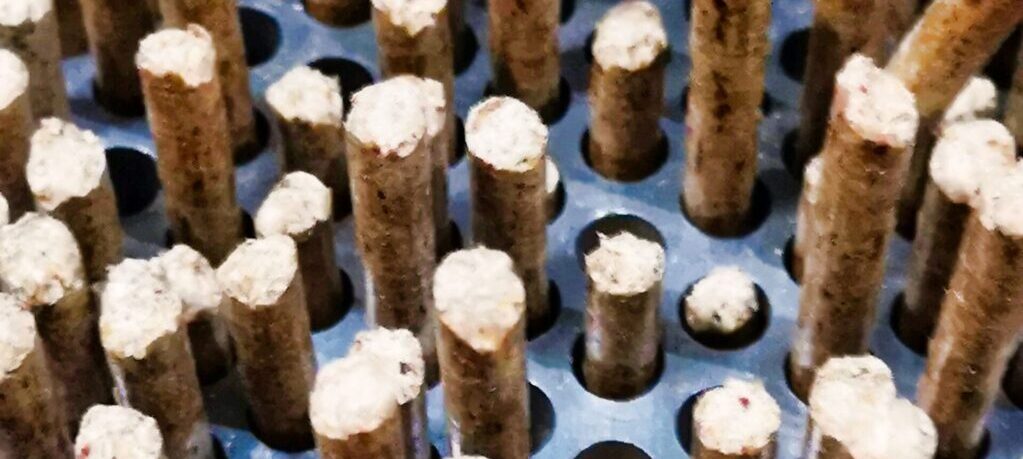
What are the key temperature phases during biomass pellet production in a Ring Die Pellet Mill?
(Test conducted by PelletIndia.com)
Ring Die Pellet Mill at different phases for achieving optimal compression, density, GCV, moisture, and durability:

1. Temperature Phases in Pellet Formation
- First Phase (70°C):
- Purpose: At this stage, the temperature is moderate as the raw material is still in the initial stage of compression.
- Compression: Low to moderate pressure helps in forming the pellets while maintaining structural integrity.
- Moisture Content: Evaporation starts, and moisture gradually reduces to an optimal level.
- Pellet Density: The pellet density begins to increase as the material is compacted in the die holes.
- Durability: Initial binding starts to form, but the pellet is still fragile.
- Full Flange Operation (92°C):
- Purpose: This is when the pellet mill is running at full capacity, ensuring complete formation of pellets.
- Compression: High pressure ensures the pellets are fully compacted for optimal density and hardness.
- Moisture Content: The majority of moisture is driven out, achieving the desired level (typically around 8-12%).
- Pellet Density: Achieves a higher and more uniform density. Proper compression leads to the necessary mechanical strength.
- Durability: The pellets attain a firm structure, making them more resistant to handling and transportation wear.
- Gross Calorific Value (GCV): The compression at high temperature leads to lower volatile content, enhancing the GCV of the pellets.
2. Key Points to Monitor:
- Compression Pressure: Adequate pressure needs to be maintained to ensure the pellets are properly formed and dense.
- Moisture Content: Check moisture regularly to ensure it is within the optimal range for ideal pellet formation (8-12% for biomass).
- Temperature Control: Monitor the temperature as pellets exit the die. Excessively high temperatures (>100°C) may degrade the pellet quality.
- Pellet Density: Aim for high-density pellets (~650-700 kg/m³) for good mechanical durability and energy content.
- Durability Testing: Conduct water durability tests to confirm that pellets hold together well under stress.
3. Effects on Final Pellet Quality:
- Higher Temperature (>92°C): Increases pellet durability and density, ensuring high GCV.
- Too Low Temperature (<70°C): Results in lower density, poor pellet durability, and higher moisture retention.
- Durability Target: The pellets should resist disintegration for at least 2-3 minutes in water for high durability ratings.
4. Factors Affecting Pellet Quality:
- Raw Material Moisture: Should be properly controlled before feeding into the pellet mill (12-15% ideal).
- Die Hole Size: Affects pellet compression and density.
- Binder Usage: Helps in enhancing pellet durability if natural lignin content in biomass is insufficient.
The above test and results were conducted by PelletIndia.com, ensuring optimal conditions for achieving high-quality biomass pellets with perfect compression, density, GCV, moisture content, and durability during the production process in a Ring Die Pellet Mill.
These parameters ensure a balance between temperature, compression, and pellet quality for producing high GCV, low moisture, and durable pellets.
If you need further technical details, feel free to reach out!